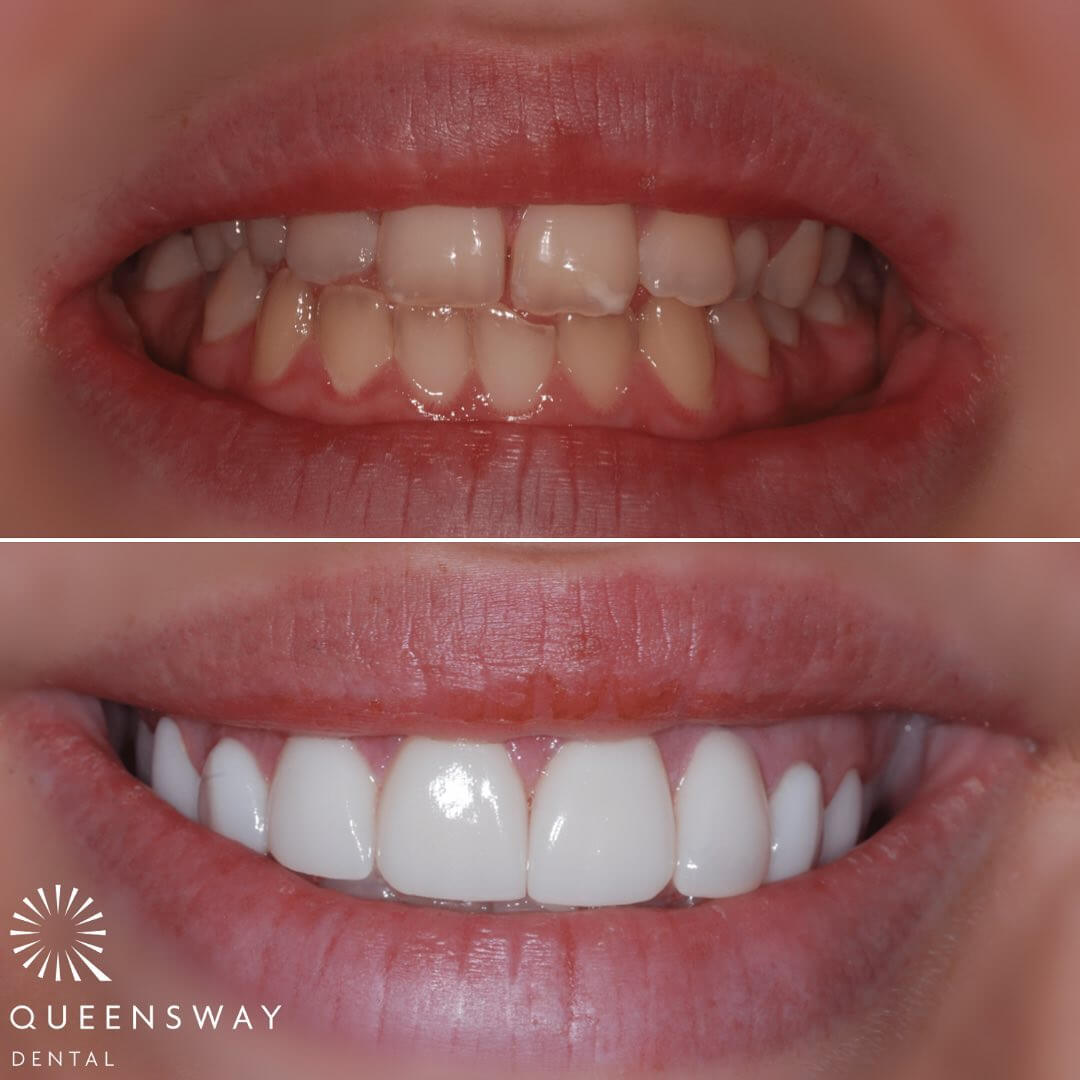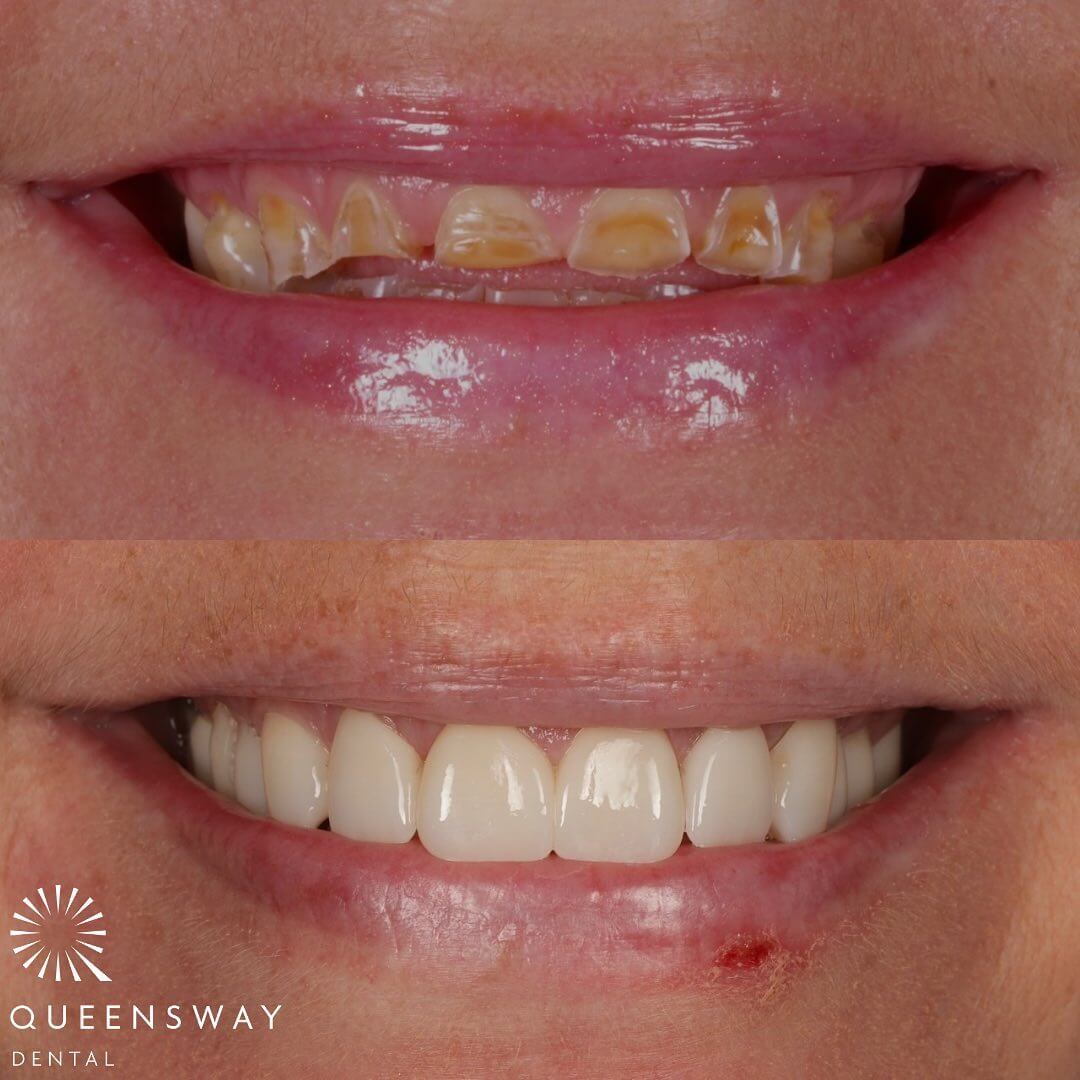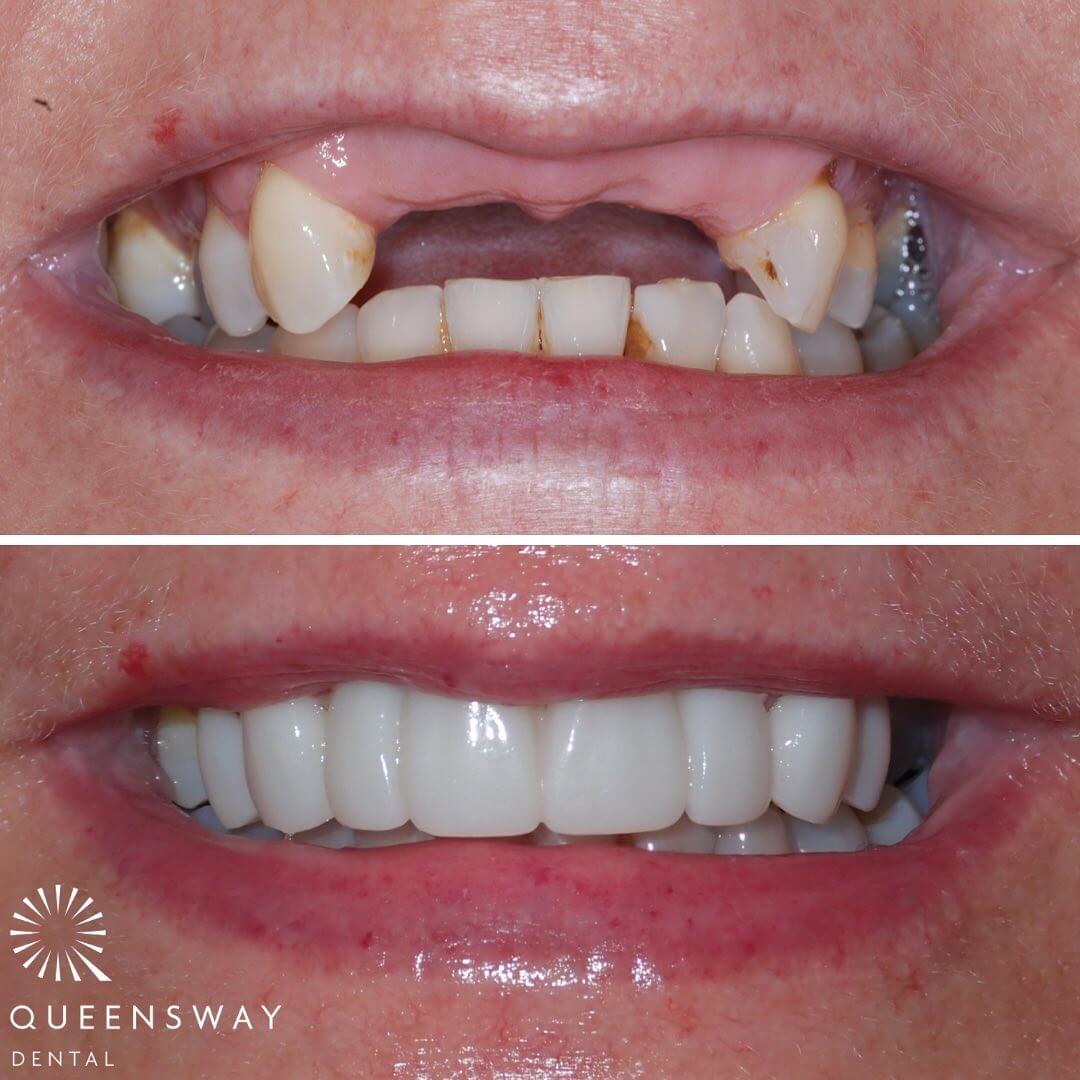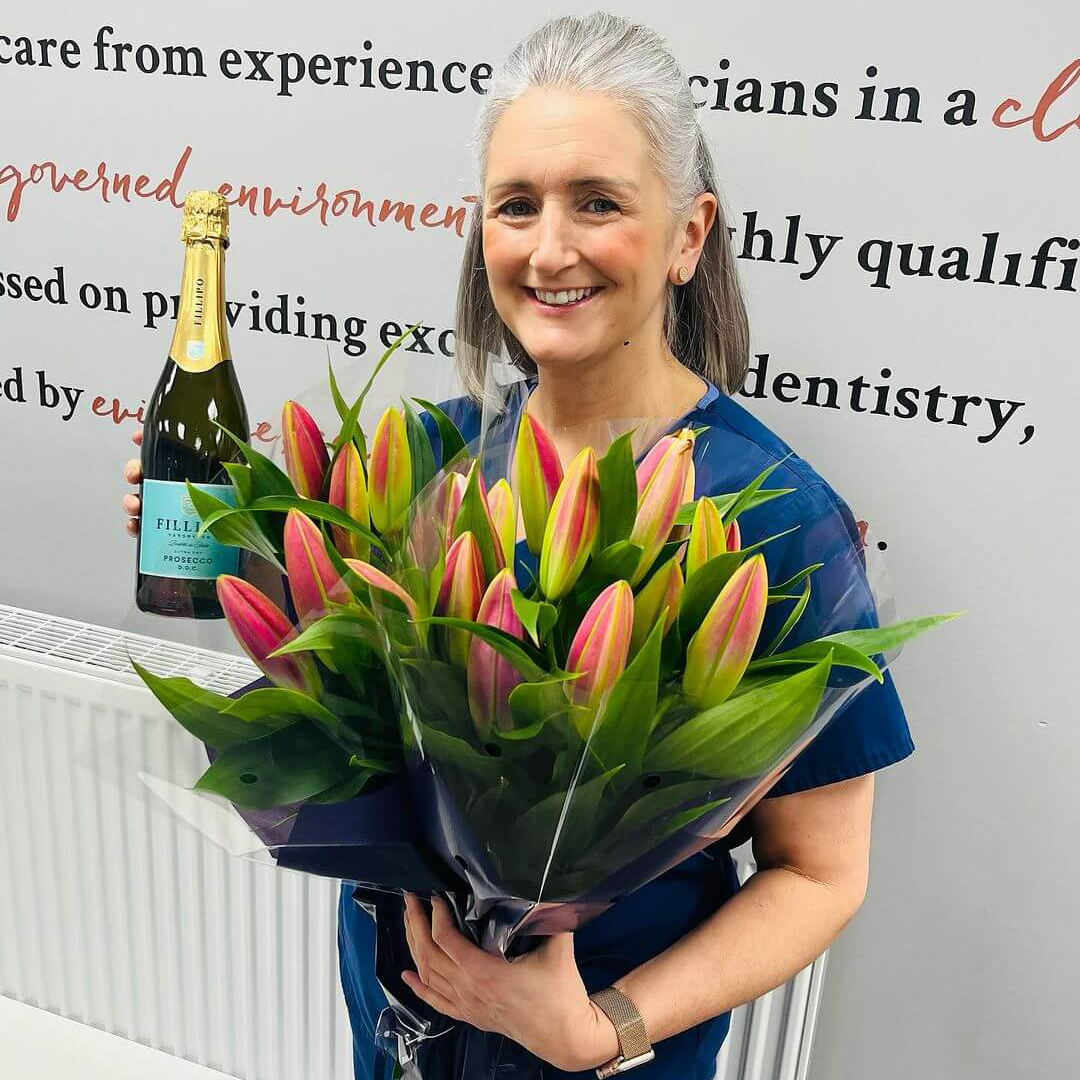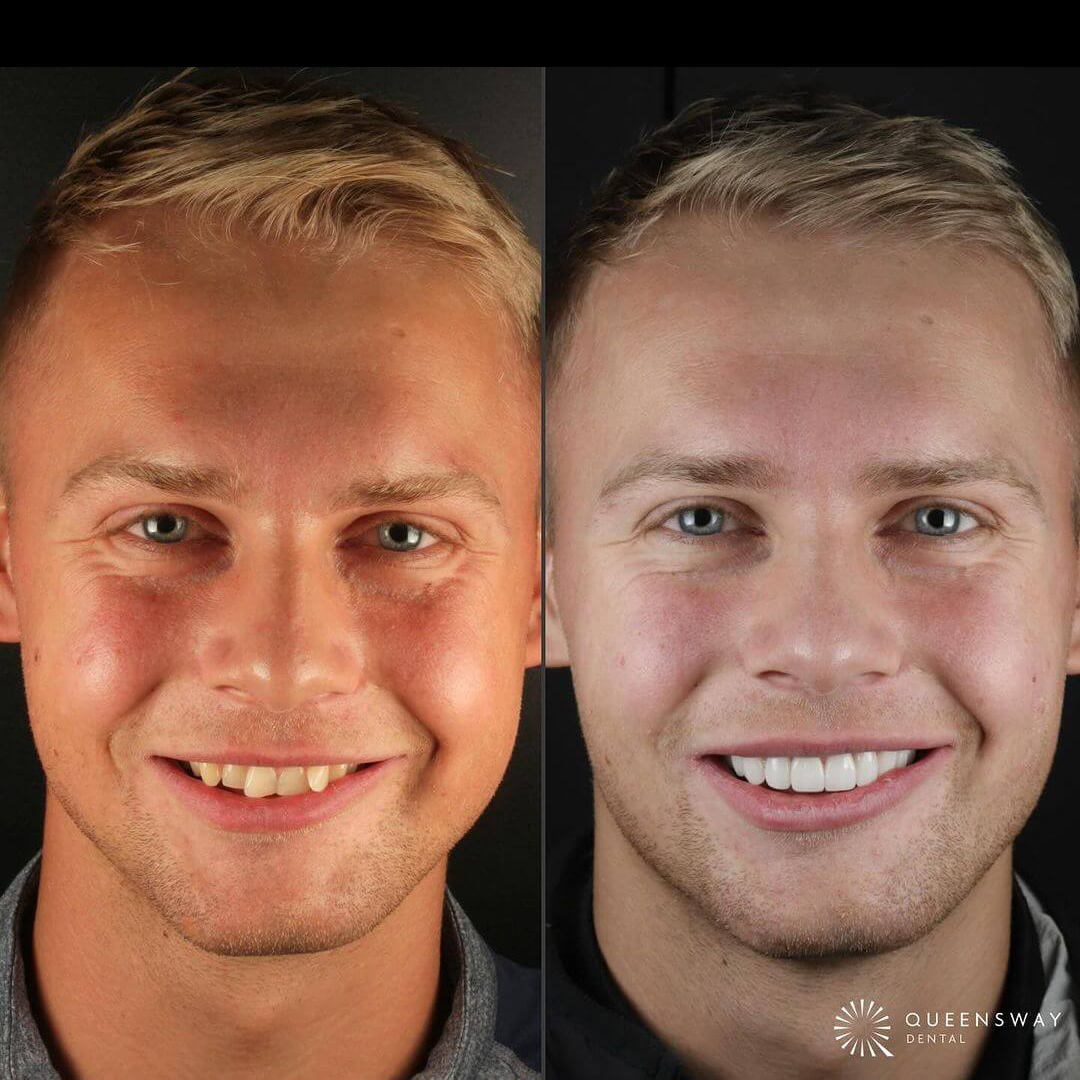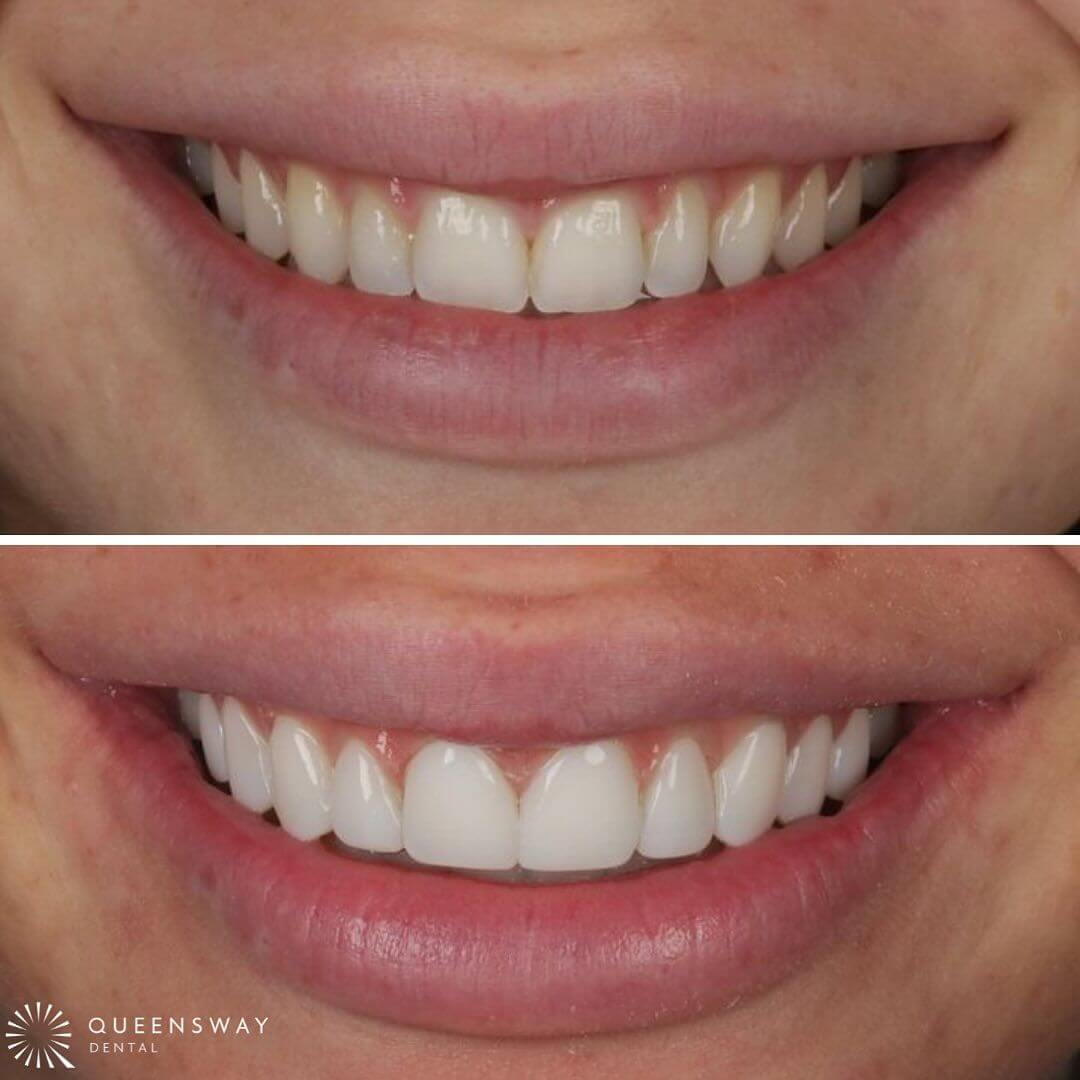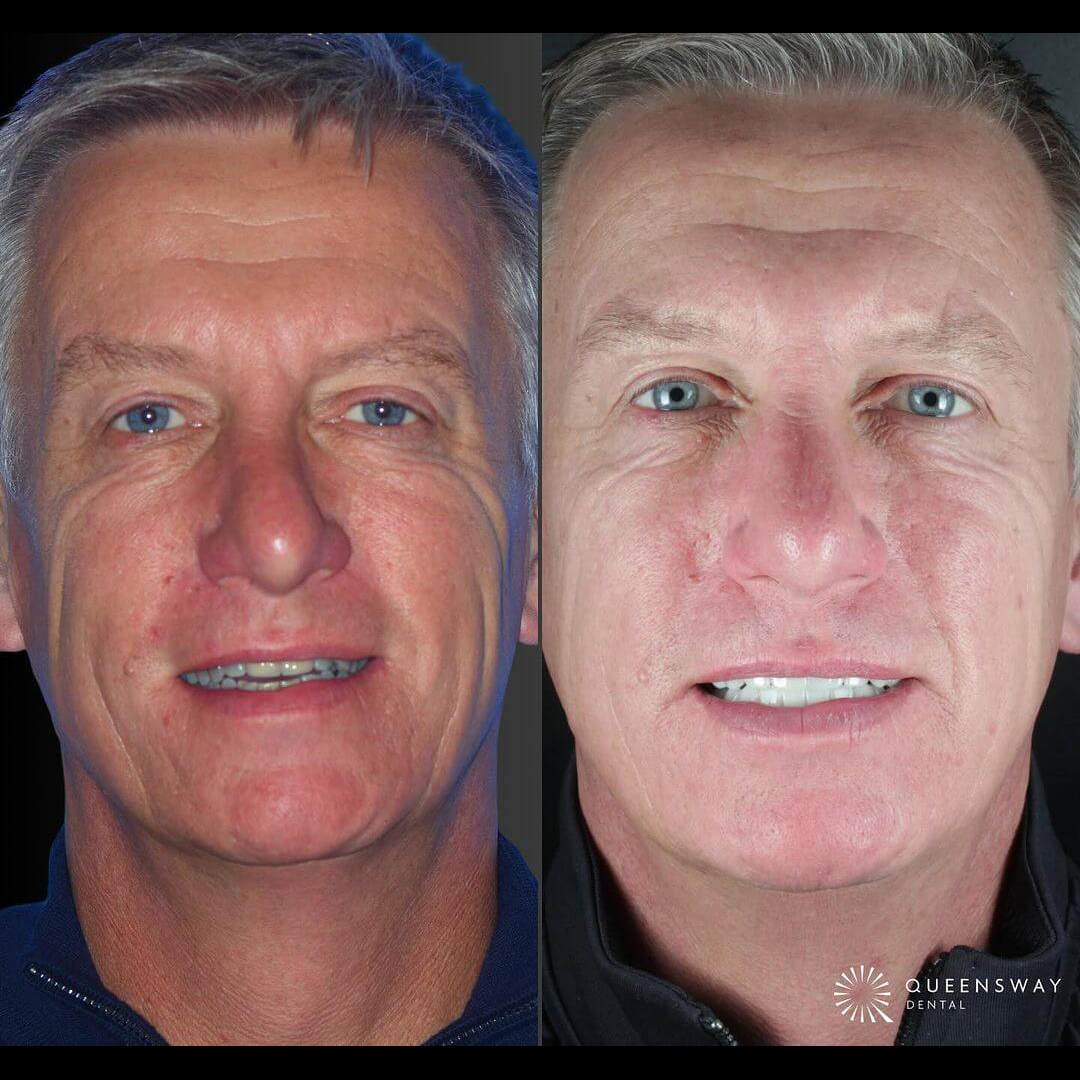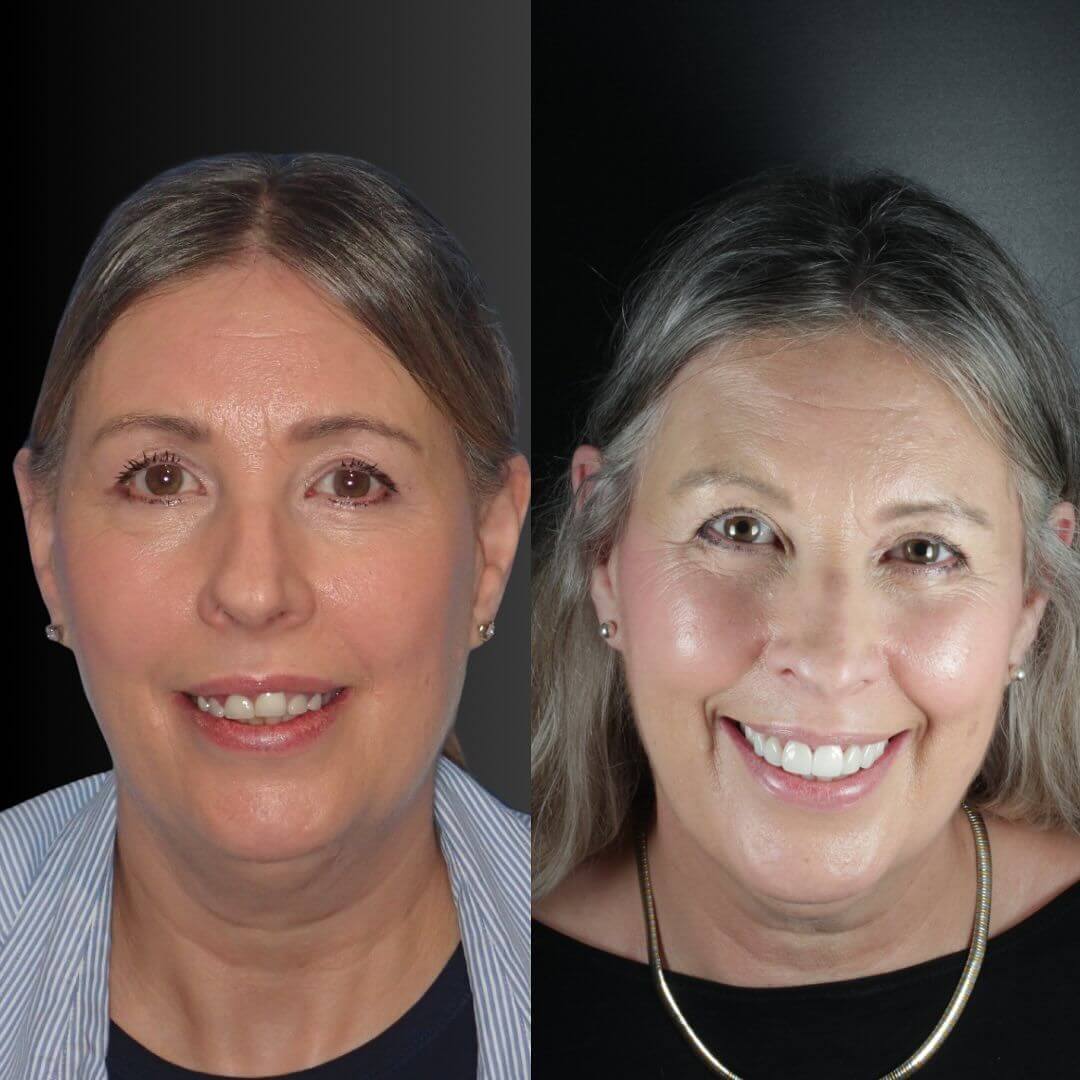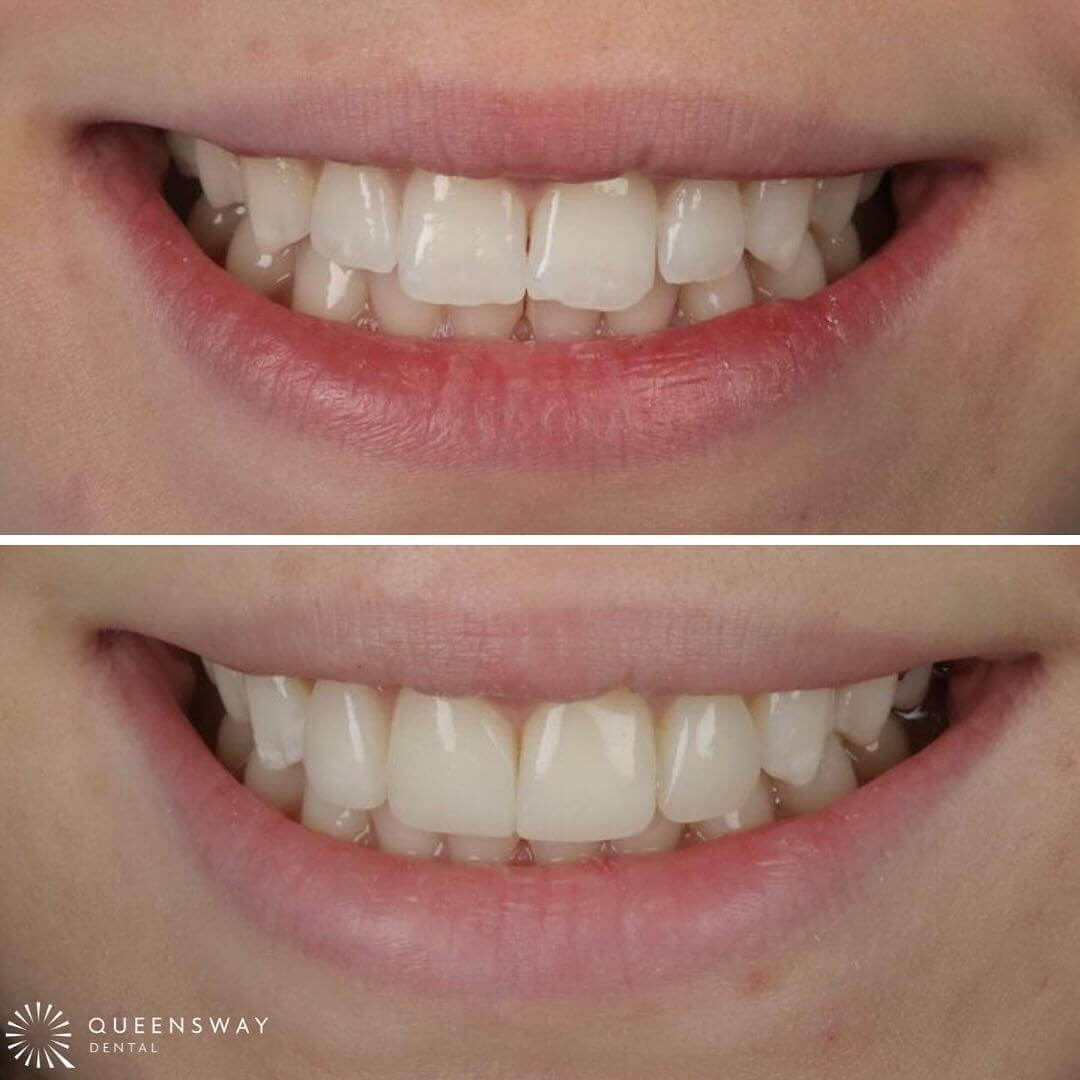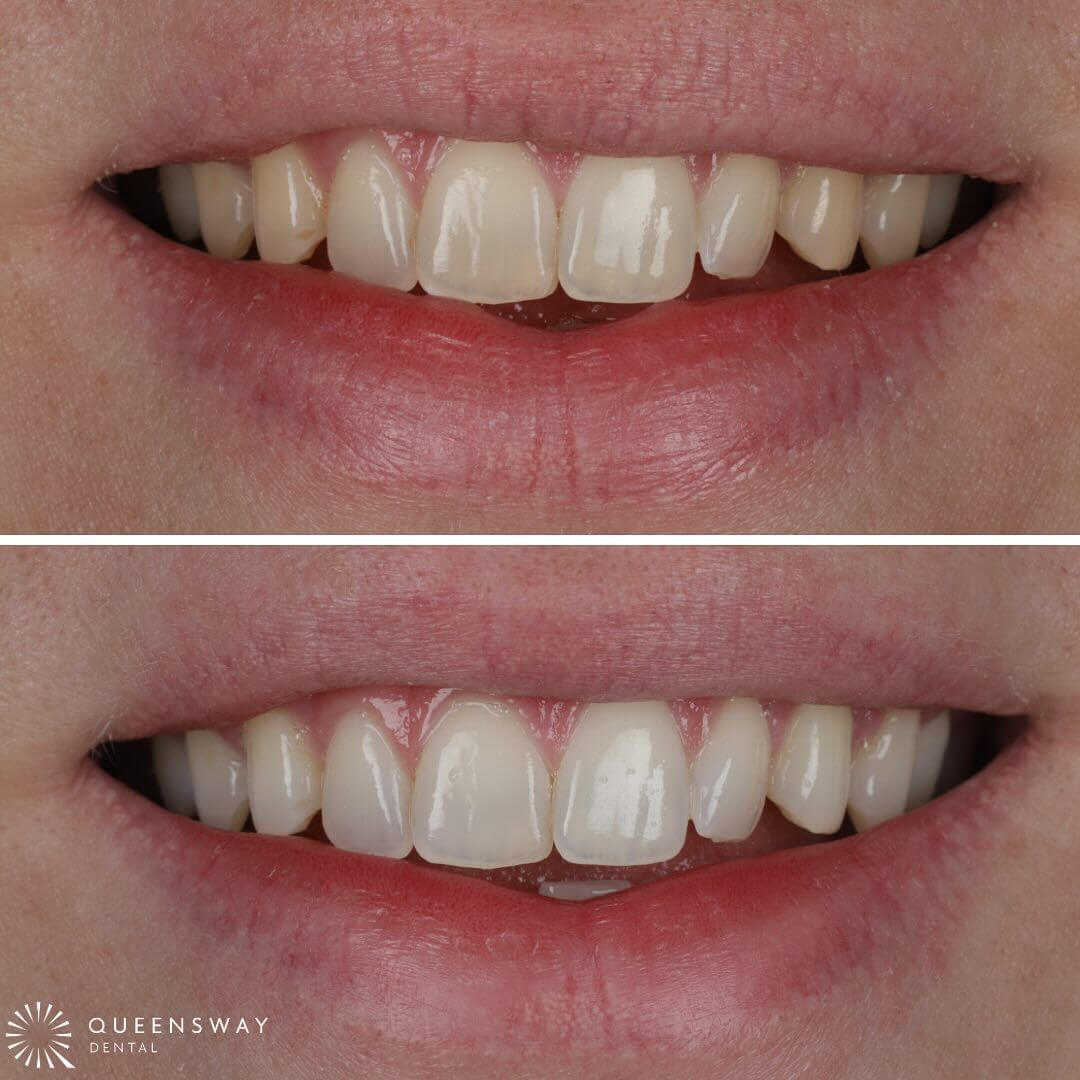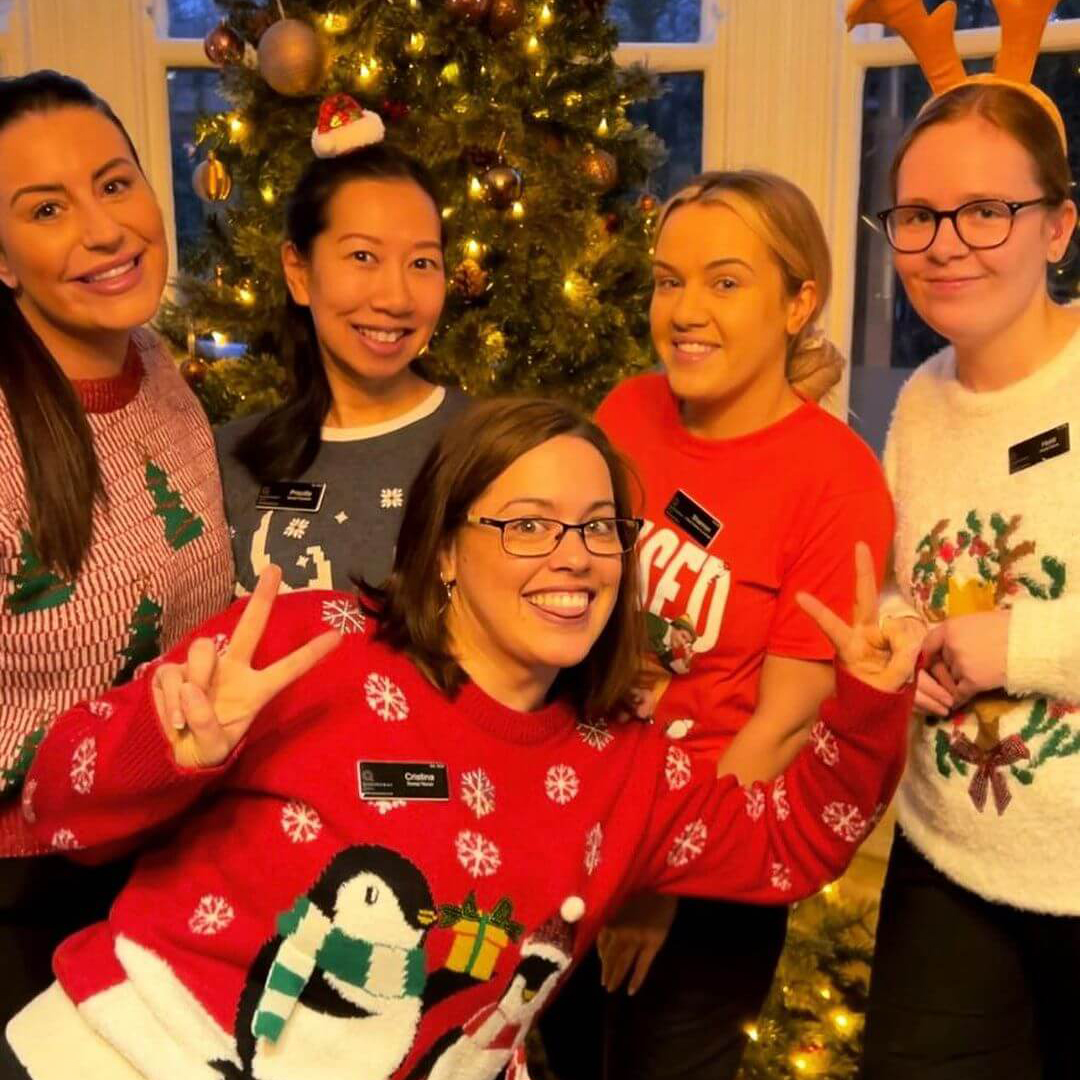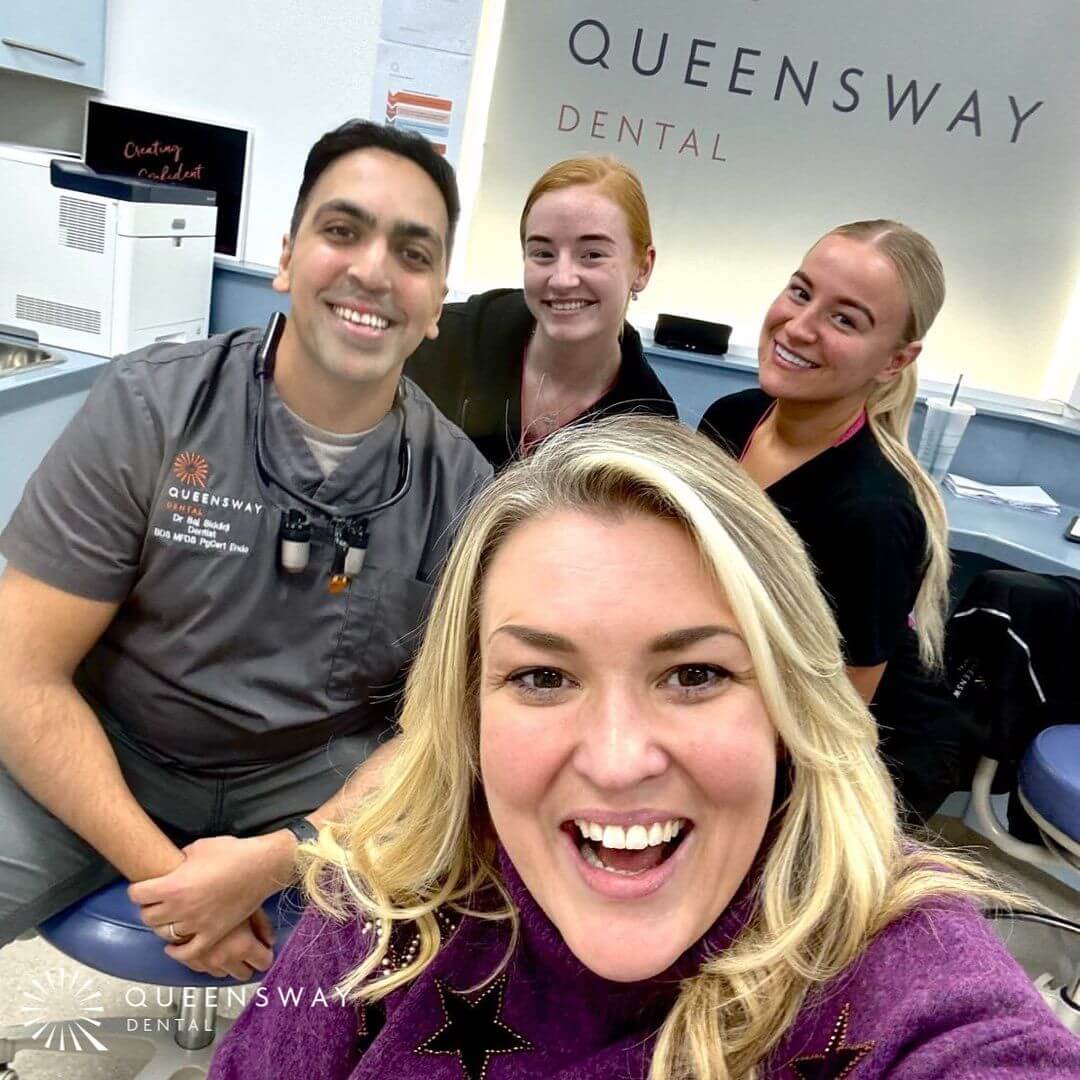Tier Guidelines
| Condition | General Dental Practitioners (GDP) Level 1 | Oral Surgery Specialist Provider Level 2 | Secondary Care Level 3 |
|---|---|---|---|
| (A) Extraction of teeth and Roots | Routine extractions and simple dento-alveolar surgery within the competency of a GDP (raise flap, minor bone removal, root division and elevation) as defined by the GDC undergraduate learning outcomes. | Failed extractions or removal of buried roots
and fractured or residual root fragments which are
below the level of the alveolar bone crest requiring the skills
competencies and resources of GDP with advanced surgery skills.
Note: failed extractions will be returned unless exceptional circumstances as these should be Tier 1 |
Removal of complex impacted/ectopic/super- numerary teeth or teeth associated with other pathology |
| (B) Wisdom teeth | Surgical removal of fully erupted third molars with no demonstrable relationship to the inferior alveolar | Removal of wisdom teeth as indicated by NICE and Royal College of Surgeons Faculty of Dental Surgery. Parameters of care for patients at: https://www.rcseng.ac.uk/-/media/files/rcs/fds/guidelines/3rd-molar- guidelines--april-2021.pdf | |
| (C) Other impacted teeth | Removal of simple erupted impacted/ectopic/supernumerary teeth | Simple exposure of teeth (removal of gum and or bone over the surface of the tooth preventing eruption). In conjunction with an orthodontic treatment plan-after orthodontic assessment- and where on-going orthodontic management is available | Removal of impacted/ectopic/supernumerary teeth (in conjunction with an orthodontic treatment plan-after orthodontic assessment- and where on-going orthodontic management is available). |
| (D) Infection and Sepsis | Drainage of abscess via an intra-oral approach | Drainage of abscess via an extra-oral approach | |
| (E) TMD & oro-facial pain | Patients with TMD where ‘advice’ and simple splint therapy are indicated. | Patients with TMD where ‘advice’ and simple splint therapy have been tried without success | |
| (F) Bisphosphonates and biological agents | Patients taking bisphosphonates for simple extraction or those taking oral steroids at a dose of 5mg or less. http://www.sdcep.org.uk/published- guidance/bisphosphonates/ | Management of established complications eg – bone exposure / sequestrum | |
| (G) Warfarin | Patients taking warfarin with INR<4 for routine extraction. (For INR >4.5 pt needs urgent referral back to INR clinic) | ||
| (H) New oral anticoagulants (NOAC’s) | Assess in light of surgical complexity and underlying condition – refer to locally agreed guidance issued in Feb 2016. (Seek advice from prescribing medical practitioner as to stopping | ||
| (I) Soft Tissue Lesions | Clinically benign minor soft tissue surgery including removal of simple fibro- epithelial polyps, mucoceles and denture induced hyperplasia (with no sinister features). Lesion < 10mm | Management of extensive or sinister soft tissue lesions | |
| (J) Trauma | Management of minor dental trauma (not including alveolus). | Oral & Facial Trauma involving soft and hard tissues of the face / head & neck | |
| (K) Cystic lesions | Treatment of periapical cystic lesions via RCT or extraction | Removal or enucleation of simple dental cysts which have not responded to RCT or extraction and > 10mm | Removal or enucleation of complex and extensive dental cysts or those atypical of any size. |
| (L) Surgical Endodontics | Surgical endodontics on single rooted anterior teeth, which have a satisfactory orthograde root filling. A radiograph of diagnostic quality must be included with the referral. (NB. Re-RCT may be more appropriate). | ||
| (M) Other Exceptional Circumstances | Any other oral or maxillofacial conditions, i.e. Conditions of the salivary glands, hard & soft tissues of the head & neck needing a second opinion |
Urgent referral for abnormal oral lesions: If a lesion is suspected as being a possible malignancy this should be clearly indicated on the referral letter in addition to the referral being marked as ‘Urgent – two week referral’ indicated in the referral letter.
All referrals must include a good quality X-Ray


